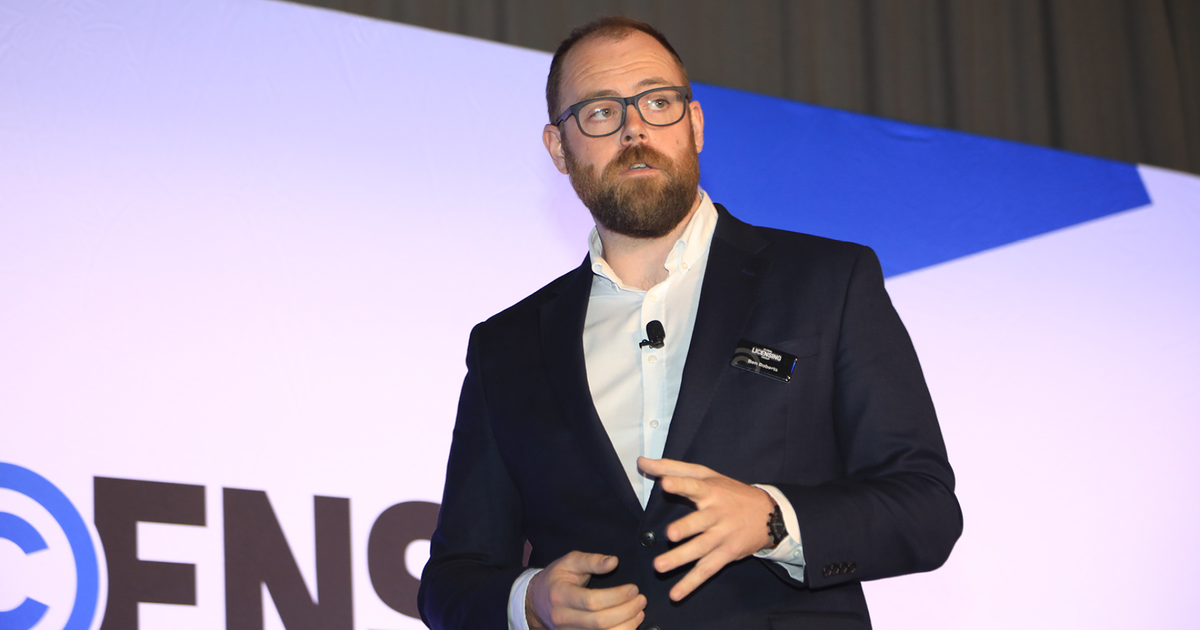
Designed to chart macro growth in the brand licensing market through proprietary data, the latest edition of the License Global’s “State of the Nation” was delivered this week by Ben Roberts, content director, License Global – part of the Global Licensing Group.
According to Roberts, only by understanding how the definition of brand licensing is changing can we accurately track trends in the consumer product space.
Brand licensing has evolved over the last decade from a traditional, linear model to one of the most creative and fan-driven markets in the world.
“While we technically still define licensing as a contractual agreement between a licensee and licensor, what brand licensing means for consumers is becoming far more interesting by the day,” says Roberts. “Today, brand licensing is a multi-billion-dollar business model built on bringing the emotional connection between buyer and brand to life, and that has expanded from consumer products to entertainment, adaptation, digital, phygital, food, experiential and beyond. Fandom is driving this at pace and it’s an exciting time to be a part of this business.”
Leaning on data from License Global surveys and data-driven reports such as the Top Global Licensors, Top Global Licensees and Top Global Brand Agents, alongside cross-category trend analysis, License Global readership and third-party insights from globally trusted market sources, Roberts then began exploring the market by category.
The leading opportunities for the brand licensing market included fashion (with a focus on footwear), toys, board and card games, the kidult market, food and beverage, corporate brands, location-based entertainment and video games to name a few.
“Video game players make up roughly 43% of the planet according to global player estimates, that’s over 3.3 billion people,” adds Roberts. “Now combine that with the hundreds of hours any individual can spend immersed in a story, playing online or in a shared universe – not to mention the thousands of intellectual properties and dedicated fan-bases – then the gaming’s place a key category for brands becomes self-explanatory.”
While exploring each category, Roberts notes that core factors often impact cross-category trends in brand licensing—such as nostalgia, multi-generational or shared play and fandom. These elements have a place in consumer behavior in general but significantly impact gaming trends and toys.
After kidult buyers contributed, anecdotally, to 50% of a major toy companies’ revenue in 2022 and 2023, the trend of adult buyers collecting, celebrating, and decorating homes with the brands they love has become increasingly commonplace. Combine this with the growing want to play board games, trading card games and share moments of play with family and the kidult/fandom culture is an exciting driver of activity in 2024 (and quite potentially 2025).
“You don’t tamper with a classic, and toys and games is that mainstay in licensing,” says Roberts. “The world saw a decline, but according to Circana, toys still sold above pre-pandemic levels. Kidults are a key part of that. The millennials who grew up with more content than any other generation before them, who witnessed the transformation of geek culture into fan culture and who are now starting families, often sharing their favorite toys, movies and games with their kids.”
Roberts also shared data and insights from previous editions of License Global surveys, indicating key categories for brand owners and agents. Download these reports here.
To view published data on the brand licensing business, you can download the latest copies of the Licensors, Licensees and Agents reports here.
